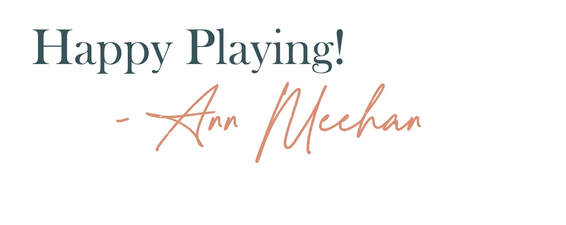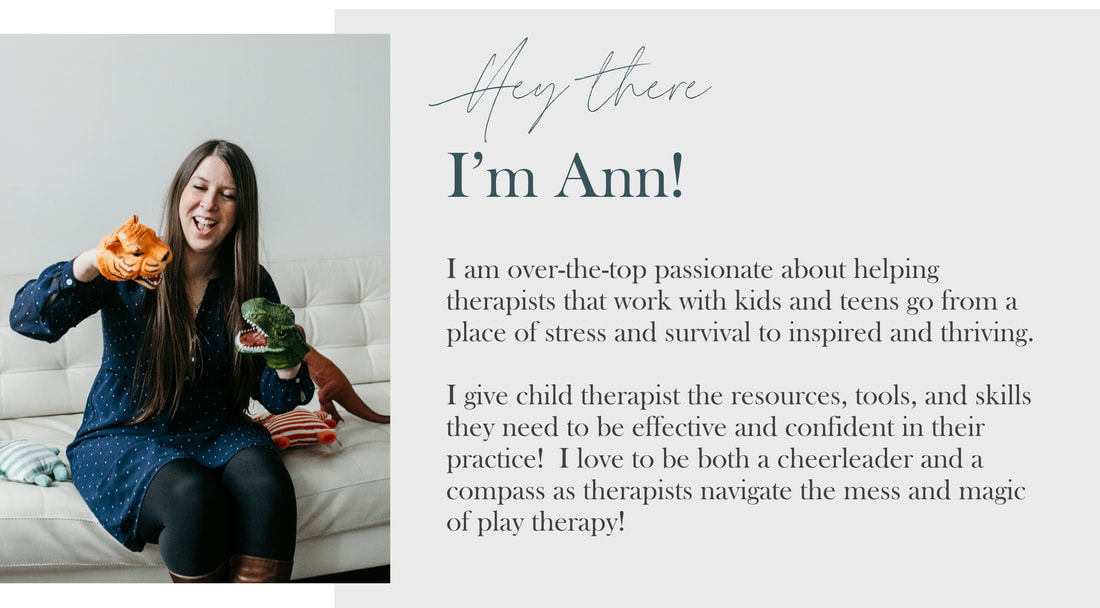|
The struggle is real in play therapy.
Bad guys getting arrested, a tea party getting crashed, and a cow that has wandered away from its family in the barn and can’t find its way back. Ya know - just a regular Tuesday in the playroom!
But what about when a child is struggling with a task or an act?
The child that is attempting to put together something that clearly doesn’t go together? Or the child that is attempting to fix something that is very broken (side note a very limited amount of safe but broken toys/miniatures are incredibly valuable for the play space). What about the child that is struggling to balance blocks and if they would just move that one block a little bit this way the thing would work MUCH better? Sitting back and tracking and making facilitative statements in Child Centered Play Therapy can come off as a bit… cold. Just help the kid! It’s not that hard! At the very least responding in this way if you have never had a Child Centered Play Therapy course or foundational training seems really confusing! If you need more support on this check out my Child Centered Play Therapy: Session Skills Cheat Sheet Free Download! Now, I have definitely watched a child struggle to collapse my play tunnel and put it in the bag for five whole minutes. FIVE! Using my facilitative statements and tracking skills. And for this client? They didn’t want or need my help. This was a great opportunity for them to experience empowerment and confidence centered on their needs without an adult swooping in and making decisions about what was best. Now would it have been easier for me to come in and help? Sure! BUT I would have robbed the child of the opportunity to experience this play theme and would have broken the promise of Child Centered Play Therapy that she was in control. For other kids if the struggle persisted other themes may have been present. Potential themes that can come from the struggle? Well first off hopelessness - that things will get better, their situation can improve, or change can occur. Sometimes it may be playing out a theme of resilience and the ability to continue to work hard on and through something that is tough. Sometimes kids are working through themes of independence and wanting to do things themselves. Other themes could include mastery. Now this is by no means a complete list of what this could mean. AND if you have curiosity about whether this sequence for the kids in your playroom could be a play theme check out this free guide HERE! And, check out more about the importance of kids struggling and why parents shouldn't steal the struggle HERE! Looking for more resources and support around play therapy themes? Check out the training Dinosaurs In The Dollhouse: Interpreting Themes in Play Therapy and learn the 7 frameworks and tools to interpret play themes with TONS of case examples! Loading...
0 Comments
Leave a Reply. |
Hi, there!I'm Ann Meehan, an LPCC, Loading... Archives
July 2024
Categories
All
|
Privacy Policies | Terms of Use | Disclaimer
Contact
[email protected] | Copyright Meehan Mental Health Services 2022
Contact
[email protected] | Copyright Meehan Mental Health Services 2022







